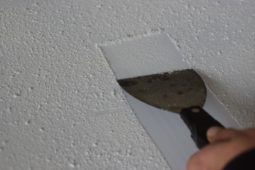Acacia Wood: Explore Its Features, Uses, and Benefits
Acacia wood, with its timeless beauty and remarkable durability, has become a popular choice for home decor enthusiasts. Its natural charm, combined with its eco-friendly properties, makes it a sustainable and stylish option for furniture and other design projects.
In this article, we will delve into the world of acacia wood, exploring its origins, unique characteristics, and versatile uses in interior and outdoor settings. Join us as we uncover the fascinating details about acacia wood and discover why it has become a cherished material in the world of design.
What is Acacia Wood, and Where Does it Come From?
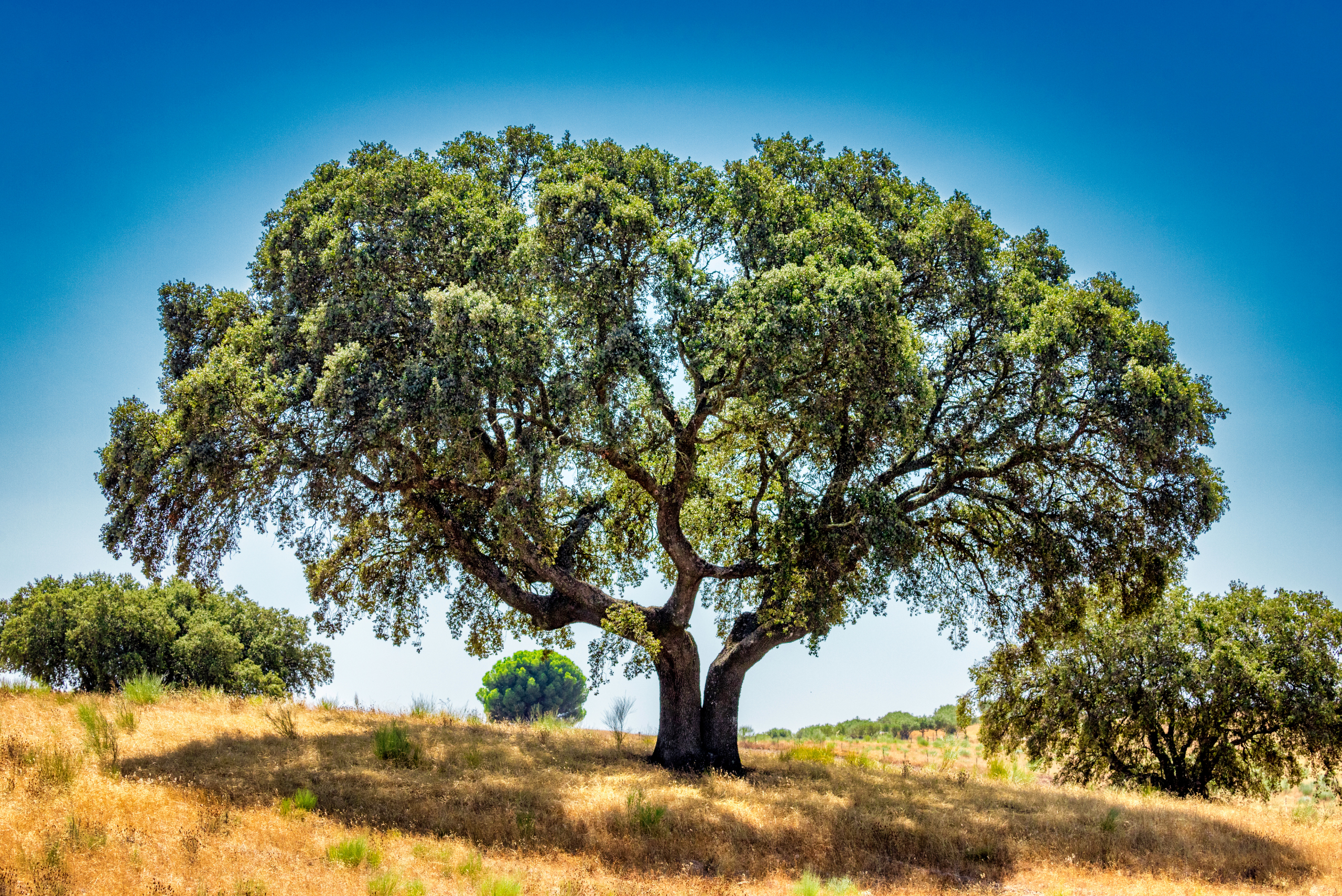
Acacia wood, derived from the acacia tree, is known for its distinct grain patterns and rich colors. This hardwood boasts exceptional durability and water resistance, making it ideal for furniture and decor pieces that can withstand the test of time.
Acacia trees grow abundantly in various regions around the world, including Africa, Australia, and South America. What makes acacia wood particularly appealing is its sustainability, as it is a renewable resource that can be responsibly sourced and harvested.
The History of Acacia Wood and its Use in Quality Craftsmanship
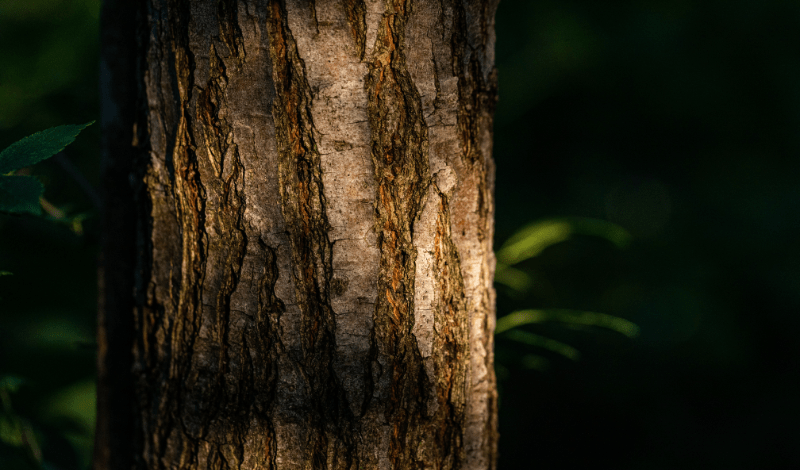
Throughout history, acacia wood has played a significant role in different cultures. From ancient Egypt to modern Scandinavian design, acacia wood has been celebrated for its beauty and versatility. Today, it continues to captivate interior designers and homeowners alike.
Acacia wood furniture is not only aesthetically pleasing but also an investment in quality craftsmanship. Handmade, artisanal pieces showcase the skill and dedication of artisans who transform this remarkable wood into functional works of art.
The Unique Grain Patterns, Colors, and Versatility
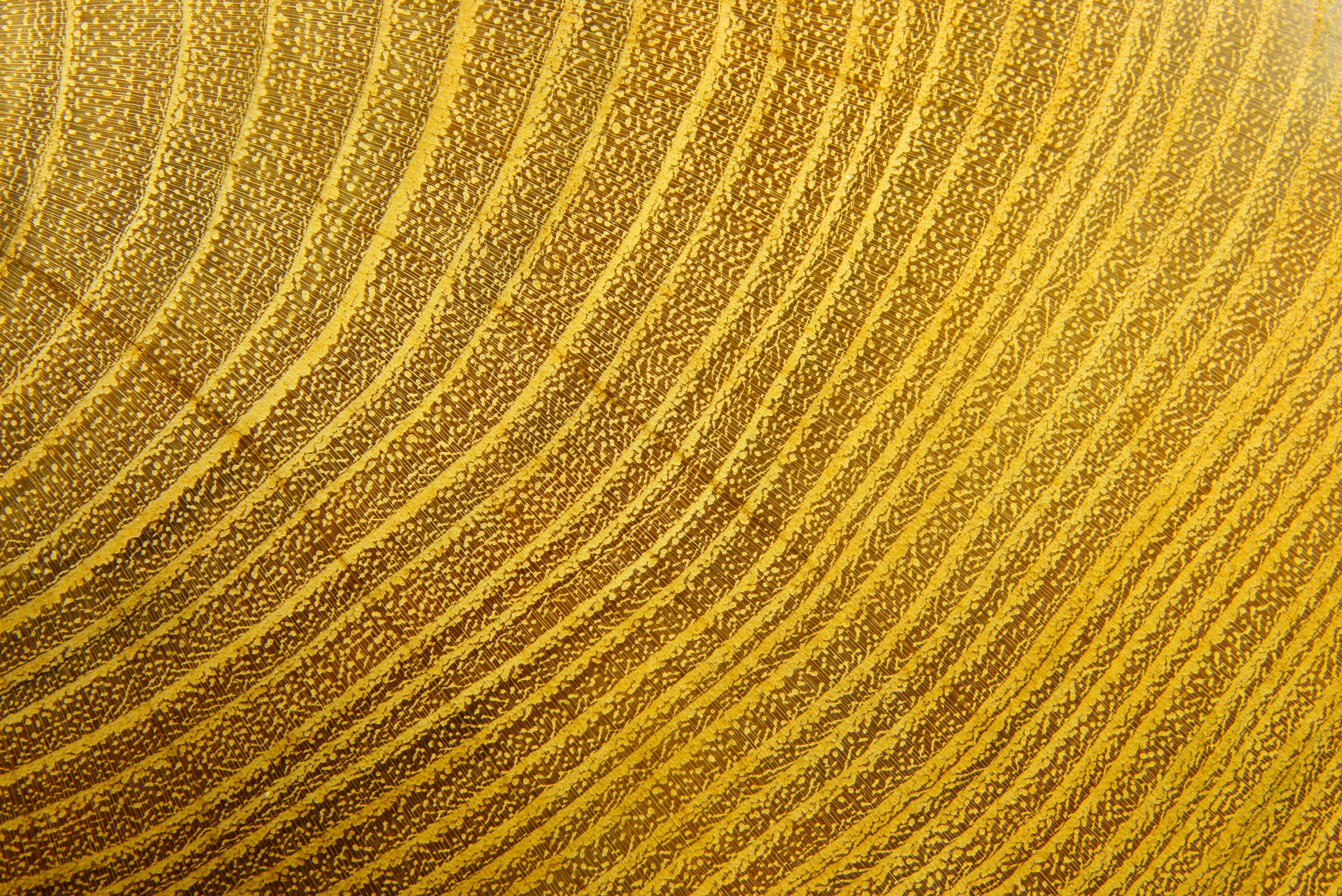
One of the most distinctive features of acacia wood is its striking grain patterns and natural variations in color. From deep browns to golden hues, each piece of acacia wood furniture or decor item is truly one-of-a-kind, adding warmth and character to any space.
Acacia wood can be crafted into various furniture pieces, including tables, chairs, and cabinets. Its versatility extends beyond indoor use, as it is also suitable for outdoor furniture, decking, and even flooring. This adaptability makes acacia wood a versatile choice for any design style or setting.
Incorporation in Interior Design and Outdoor Settings
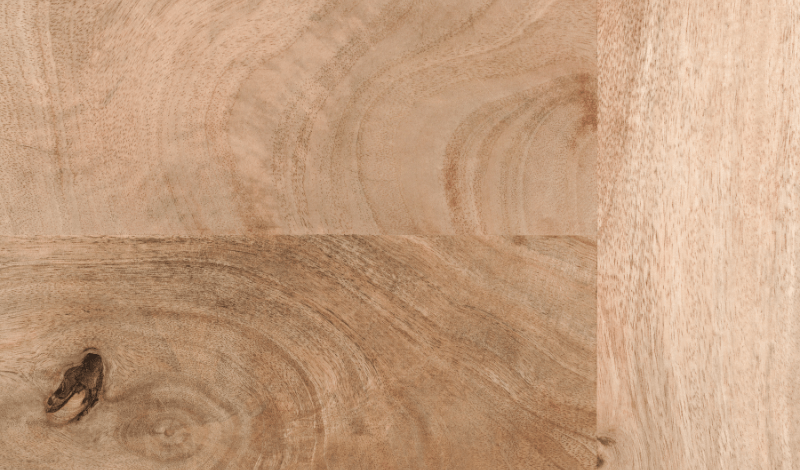
Acacia wood furniture has the power to become a focal point in any room. Its unique grain patterns and deep colors draw attention and create a sense of sophistication. Whether your design style is rustic, modern, or eclectic, acacia wood effortlessly complements various aesthetics.
Also, this wood’s exceptional durability and resistance to weathering make it perfect for outdoor furniture and decking. Its ability to withstand the elements without fading or deteriorating ensures long-lasting beauty and functionality.
Benefits of Using Acacia Wood in Kitchenware and Utensils
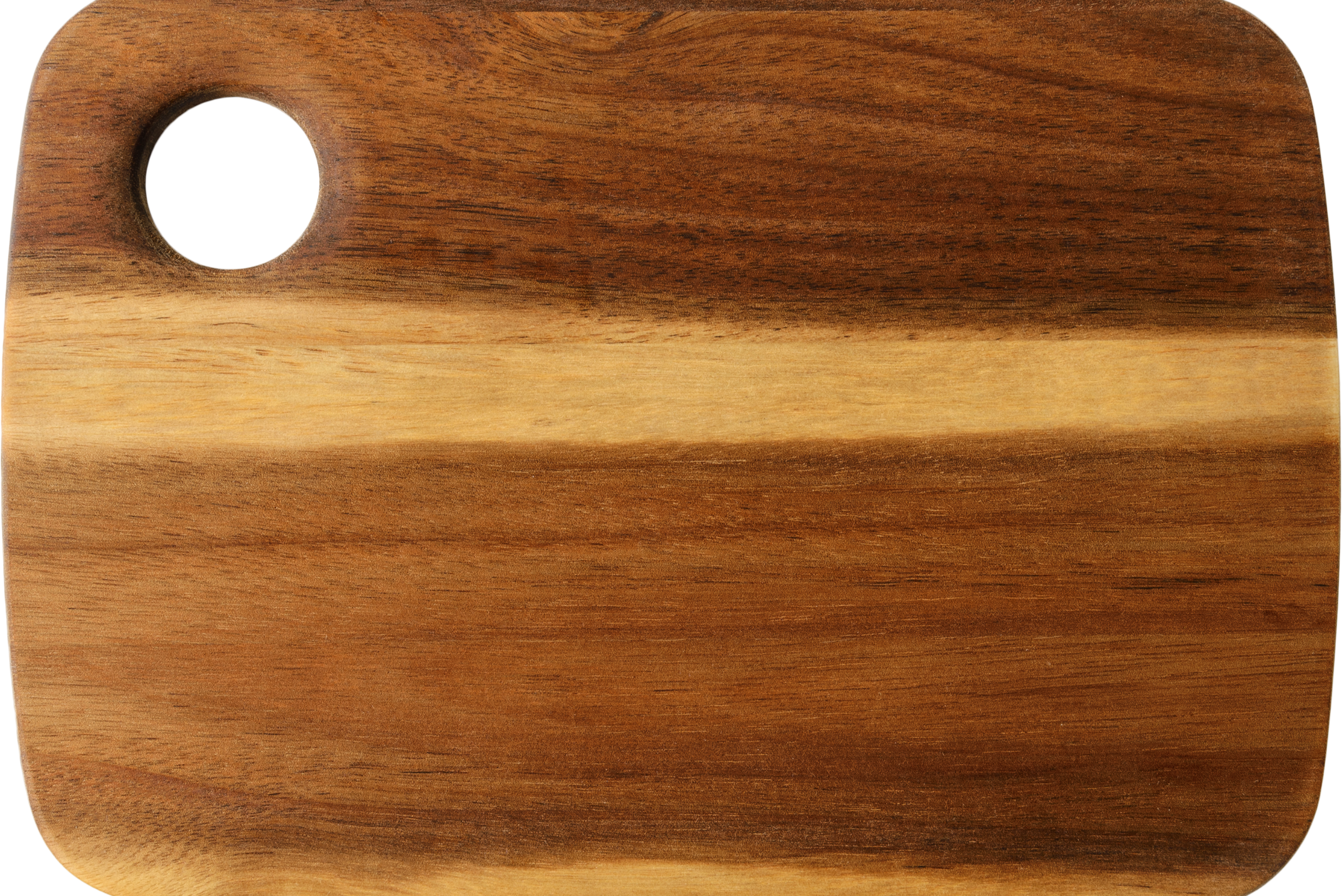
Acacia wood’s qualities extend beyond furniture. It is also popularly used in kitchenware and utensils. Cutting boards, bowls, and serving trays made from acacia wood not only look stunning but also offer natural antibacterial properties, ensuring safe food preparation.
Apart from its aesthetic appeal and antibacterial properties, acacia wood offers additional health benefits. Some types of this wood are hypoallergenic and naturally resist pests and fungi, making it an excellent choice for those with allergies or sensitivities.
Maintenance and Care for Acacia Wood Furniture
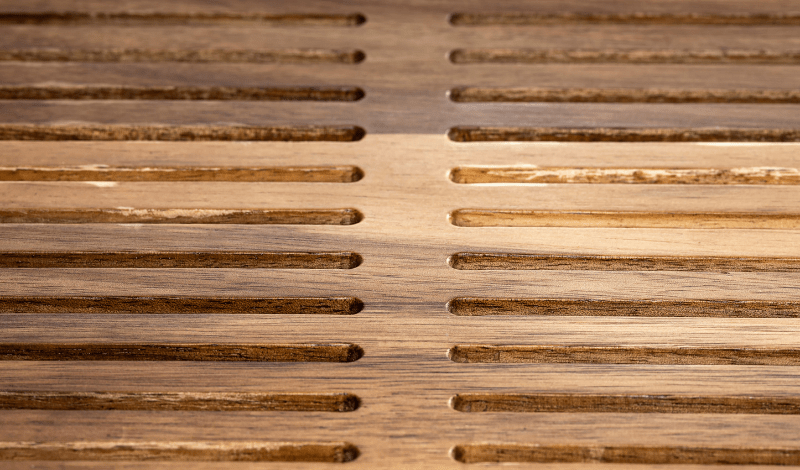
To preserve the natural beauty of acacia wood furniture, regular maintenance is essential. Simple cleaning techniques and occasional treatments can help extend its lifespan and keep it looking pristine for years to come.
However, avoid using detergents or cleaners that include silicone or ammonia since that could cause the wood to dry out or even crack. Instead, you can use a soft cloth moistened with warm, soapy water to wipe the wood clean, then use a dry cloth or let the wood air dry.
Contribution to Sustainability

The cultivation of acacia trees contributes positively to sustainable forestry practices. Growing acacia trees provides numerous environmental benefits, including soil erosion prevention and carbon sequestration. By choosing acacia wood, you support responsible reforestation efforts, especially since it’s a tree that grows 6 to 8 feet per year.
Using acacia wood for your home decor means embracing sustainability. Acacia trees are fast-growing and replenish the environment quickly. Responsible sourcing and production practices ensure minimal impact on the ecosystem, making acacia wood an eco-friendly and ethical choice.
Acacia wood’s timeless beauty, sustainability, and versatile uses make it a remarkable choice for home decor. Its unique grain patterns, durability, and eco-friendly properties set it apart from other hardwoods. Whether you’re looking to create a statement piece or incorporate sustainable elements into your home, acacia wood offers endless possibilities. Embrace the natural allure of acacia wood and bring warmth and elegance to your living spaces.






